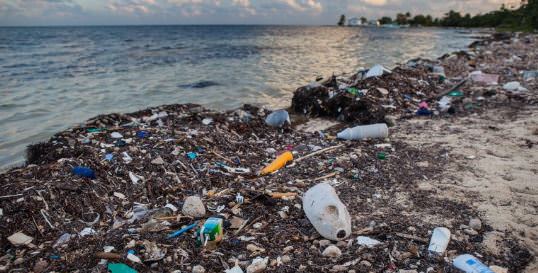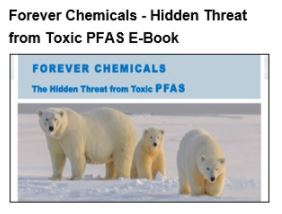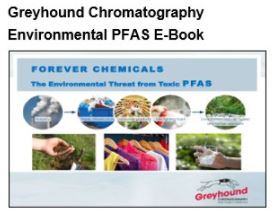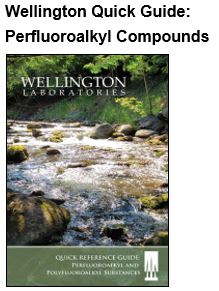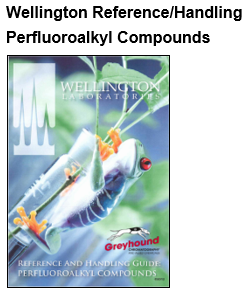Polluted Runoff Water in Hawaii Endangers Green Sea Turtles
Whenever people visit Hawaii, there are certain sights, sounds, smells and experiences that are associated with "The Aloha State." Tourists embark on helicopter rides over volcanoes. People who want to embrace native culture may go to a luau. Diners enjoy fresh seafood and coconuts. Nature lovers may also enjoy a scuba dive so that they can admire the native flora and fauna of Hawaiian waters.
However, in recent years, there has been growing evidence that the chemical compounds in land-based pollution, including agricultural fertilizers, are threatening the marine life. This pollution is allowing some forms of foreign, invasive species to succeed while making it difficult for native species to thrive. If animals and plants become endangered, the balance of the Hawaiian waters' ecosystem is disrupted.
One team of scientists from Duke University focused its studies on the development of Fibropapillomatosis, a disease that causes tumours to form inside and outside the bodies of green sea turtles. They asserted that polluted runoff from the Hawaiian islands is a driving force behind the reptilian illness, as published in the journal PeerJ.
Why does Hawaii have a runoff problem?
Historically, in the tropics of Hawaii, precipitation was absorbed into the soil, according to the Clean Water Branch of Hawaii's Department of Health. Any potential pollution or contaminants on the ground surface would get pushed into the soil by the rain, and plant roots and microbes would help break down the pollution into less dangerous components. However, with urban and agricultural development, less and less of the pollution gets pulled into the soil, and more of it gets washed out into storm drains. From there, the pollutants make their way to streams, rivers and the ocean that surrounds Hawaii. According to the state agency, most of these contaminants are nutrients from fertilizer, bacteria from animal waste, oil, garbage and yard waste. Additionally, more runoff can come from cesspools that are used in areas of Hawaii where modern sewage systems do not exist.
If polluted runoff reaches the ocean, it can wreak havoc on marine life, including endangered green sea turtles.
Pollution drives 'one-two punch'
According to the authors of the study, the main health hazard to Hawaiian sea turtles stemming from polluted runoff is nitrogen, which is often a component of fertilizer. Previous research suggested that nitrogen from the runoff feeds the algae that the sea turtles eat. The excess nitrogen, which the algae store in the amino acid arginine, enters the turtles' bodies, where it promotes the activity of a virus linked to Fibropapillomatosis. This disease is the leading killer of green sea turtles in Hawaii.
For the new research, the scientists further explored the eating habits of the turtles, as well as the compositions of their tumours. They noted that one foreign species of red algae thrives in waters polluted by nitrogen-rich runoff. This red algae then makes up 90 percent of the turtles' diet because it is an invasive species that is more successful than the native species. Because it is also less energy-dense, the turtles have to eat more of it than they would the native algae.
"The energy and arginine content of [the algae] may therefore act as a sort of one-two punch for promoting this disease," the researchers wrote.
As a result, many turtles that eat the red algae end up with 14 times the level of arginine in their bodies than they would get if they lived in non-polluted waters. Complicating matters is the fact that this pollution may not just be affecting the turtles, but also the fish and coral reefs.
"If research continues to support this hypothesis, we probably need to reconsider our current ways of managing coastal nutrients," Kyle Van Houtan, adjunct associate professor at Duke's Nicholas School of the Environment, said in a statement.
According to the National Oceanic and Atmospheric Administration, green sea turtles are also endangered by historic hunting and harvesting of their eggs, accidental capture in fishing gear, marine debris, loss of land habitat and artificial lighting, which may deter females from laying their eggs in certain areas. To address the problem with polluted runoff, the state's Department of Health is working with local communities to create runoff management strategies.
CONTACT US
Tel: +44 (0) 151 649 4000
Email: marketing@greyhoundchrom.com
FOLLOW US
YOU MAY ALSO BE INTERESTED IN OUR NEWSLETTER

